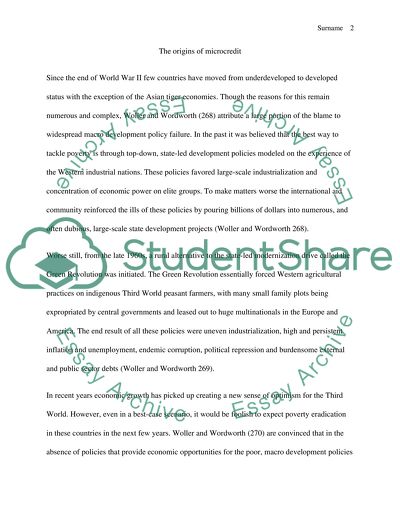Cite this document
(“Microcredit in Third World Economies: Rural Poverty in The Less Essay - 1”, n.d.)
Retrieved from https://studentshare.org/macro-microeconomics/1576150-questions-based-essay-on-poverty-related-issues
Retrieved from https://studentshare.org/macro-microeconomics/1576150-questions-based-essay-on-poverty-related-issues
(Microcredit in Third World Economies: Rural Poverty in The Less Essay - 1)
https://studentshare.org/macro-microeconomics/1576150-questions-based-essay-on-poverty-related-issues.
https://studentshare.org/macro-microeconomics/1576150-questions-based-essay-on-poverty-related-issues.
“Microcredit in Third World Economies: Rural Poverty in The Less Essay - 1”, n.d. https://studentshare.org/macro-microeconomics/1576150-questions-based-essay-on-poverty-related-issues.


